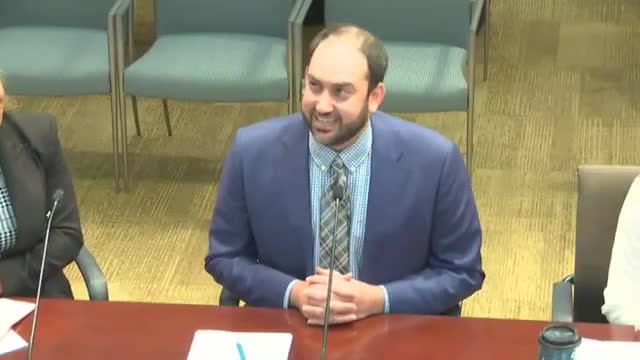Republicans seize control of Congress as new leaders emerge
November 15, 2024 | Johnson County, Kansas
This article was created by AI summarizing key points discussed. AI makes mistakes, so for full details and context, please refer to the video of the full meeting. Please report any errors so we can fix them. Report an error »

In a pivotal government meeting, key developments regarding the upcoming 119th Congress were discussed, highlighting significant shifts in both the Senate and House of Representatives. With just nine days until the election, Republicans are poised to regain control of the Senate with a projected 53-seat majority, while Democrats will hold 47 seats. This marks the first Republican majority in four years, following the defeat of several Democratic incumbents in states like Montana and Ohio.
John Thune of South Dakota has been elected as the new Senate Republican leader, succeeding Mitch McConnell, who held the position for 18 years. Thune's leadership is expected to steer the party through a challenging political landscape, as he is recognized as an institutionalist with a focus on governance.
In the House, Republicans have officially secured a narrow majority with 218 seats. This slim margin will complicate legislative efforts, especially as President-elect Trump has nominated three incumbent House Republicans for administration roles, potentially further reducing the majority. Congresswoman Charice Davids, who was re-elected, remains in the minority party but is vying for the chair of the New Democrat Coalition, which could enhance her influence on national policy.
House Republicans have also elected their leadership, with Mike Johnson nominated as the official Republican candidate for Speaker of the House. The election for Speaker will take place on January 3rd, where Johnson will need to secure 218 votes, a task that may prove challenging given the narrow majority.
As the new Congress prepares to convene, the implications of these leadership changes and party dynamics will be closely monitored, particularly in light of the upcoming legislative agenda and budgetary decisions.
John Thune of South Dakota has been elected as the new Senate Republican leader, succeeding Mitch McConnell, who held the position for 18 years. Thune's leadership is expected to steer the party through a challenging political landscape, as he is recognized as an institutionalist with a focus on governance.
In the House, Republicans have officially secured a narrow majority with 218 seats. This slim margin will complicate legislative efforts, especially as President-elect Trump has nominated three incumbent House Republicans for administration roles, potentially further reducing the majority. Congresswoman Charice Davids, who was re-elected, remains in the minority party but is vying for the chair of the New Democrat Coalition, which could enhance her influence on national policy.
House Republicans have also elected their leadership, with Mike Johnson nominated as the official Republican candidate for Speaker of the House. The election for Speaker will take place on January 3rd, where Johnson will need to secure 218 votes, a task that may prove challenging given the narrow majority.
As the new Congress prepares to convene, the implications of these leadership changes and party dynamics will be closely monitored, particularly in light of the upcoming legislative agenda and budgetary decisions.
View full meeting
This article is based on a recent meeting—watch the full video and explore the complete transcript for deeper insights into the discussion.
View full meeting
